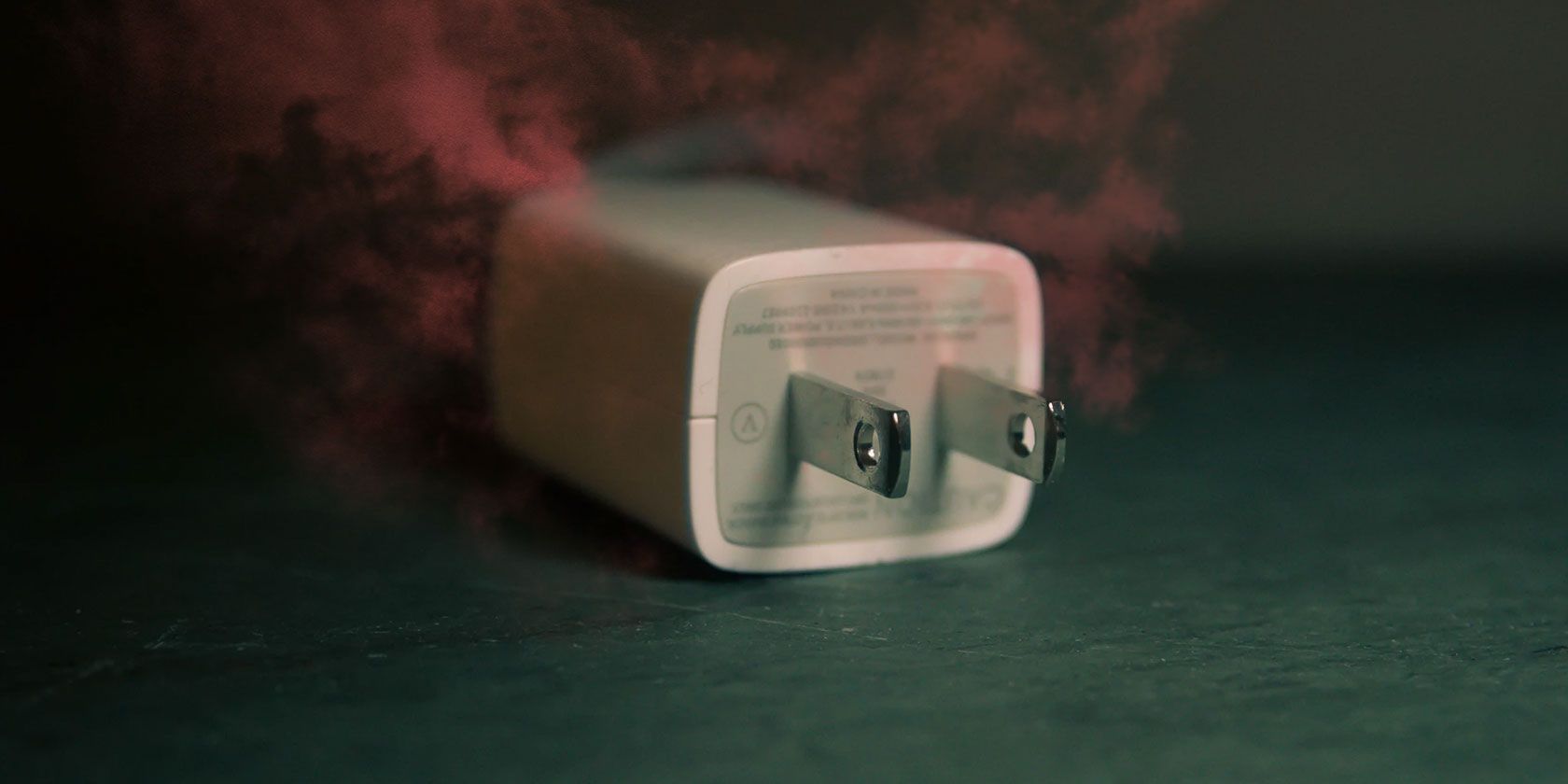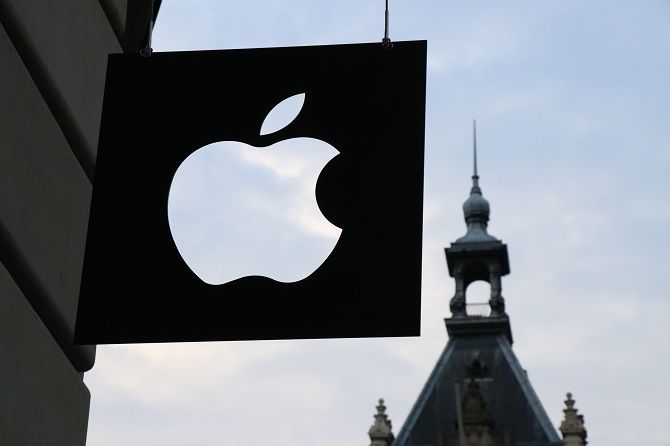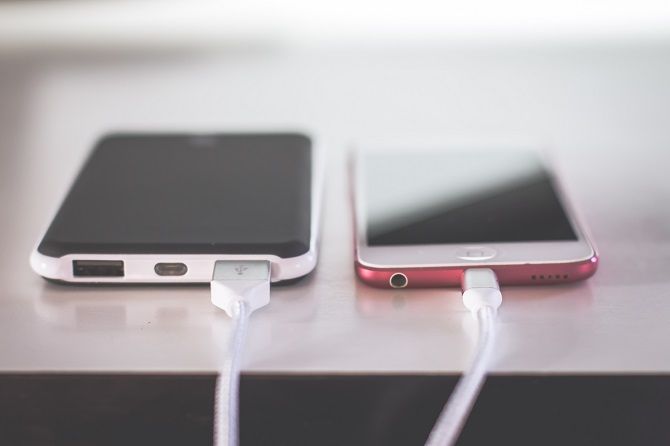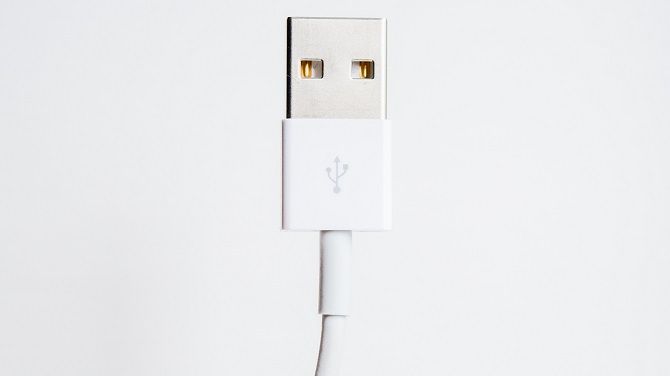How can you check your device's power adapter is safe to use? Buying manufacturer-approved products is one way to make certain you don't end up with a counterfeit. However, high prices for something as simple as a USB lightning cable might put you off.
But fake chargers can be dangerous; life-threatening, even. These fraudulent units can give you electric shocks or start fires. So what can you do to cut down on this risk?
Note: The following steps are guidelines only. We can't guarantee that any chargers you buy are genuine, and even real chargers can go wrong.
How Do You Know a Phone Charger Is Safe?
In a rush and want to know how you can tell your smartphone's charger and cable are okay to use? Consider these seven things:
- Use a genuine charger
- Check for genuine packaging
- Look for quality control marks and safety guidelines
- Check the plug pins are in good condition
- Check the weight
- Look for faults in the cable
- Keep the charger and cable dry
Let's look at each of these in more detail.
1. Use a Genuine Charger
You don't have to rely on official chargers directly from your smartphone's manufacturer. Nonetheless, it's essential you get the right charger for the right device.
You could be tricked into buying the wrong one, of course, but it might be a simple mistake on your part. However tempted you may be by a cheap charger, you have to make sure your device is listed as compatible with it and the power cable.
If you're not sure, look at the packaging. This should tell you which devices the unit can support. Using an adapter with too high or low a voltage can harm your smartphone.
You might not realize the damage has been done---using the wrong charger can cause performance problems immediately or shorten the device's lifespan substantially.
2. Look for Packaging and Instructions
How can you check you've bought the right adapter for your device? Just look at what the charger comes with!
Here's another way counterfeit goods cut costs. They come independently. If you order something online, you shouldn't expect it to arrive without packaging and instructions. Yet many overlook this, and end up with faulty products.
You may pass this off because you don't really need to look at instructions to know how to power up your device. But genuine packaging #is an indicator that you've bought from a reputable company.
Even if packaging is present, keep an eye out for design oddities. You won't find misaligned text and pixelated logos on genuine items.
3. Don't Rely on Quality Control Marks
Why else are booklets and packaging important? Because that's where you'll often find quality control marks.
These are signs that the product has been tested against safety regulations. They depend entirely on your territory, and where the manufacturer is based. In America, for instance, you should see the Federal Communications Commission (FCC) mark.
Canadians should note the Canadian Standards Association (CSA) symbol. And anyone in Europe should look for the CE mark.
But you can't simply rely on these. They can be easily forged. High resolution examples can be found by searching Google.
Instead, make sure the product comes with further safety guidelines about usage, electricity, and eventual disposal. Some fraudsters ignore adding warning signs because they know customers are more likely to look for quality control symbols.
4. Check the Plug Pins
This might seem excessive, but it's better to spend time checking your adapter thoroughly, rather than start a fire.
Fortunately, you don't need to get a ruler to measure the length of the pins: just plug your charger in! Make sure the socket is switched off and don't attach the cable or device you want to charge.
If the pins are too long, there will be a gap between the charger and the wall. If the pins are too far apart or close together, it won't slot in properly. The other possibility is that the adapter's pins are too short, which is harder to differentiate. Still, you can compare them to those on a product you know is genuine and works well.
Other signs of a fake item is the condition of pins. They shouldn't have imperfections or a glossy finish. Plug pins are matte and have plain colors, i.e. typically black or white casing and silver (or sometimes gold) metal. The latter definitely shouldn't be scratched.
5. Feel the Charger's Weight
Counterfeit chargers can be made for a few cents, so criminals can enjoy substantial mark-ups. Naturally, such shoddy work means you don't get all the components that are required in a genuine power adapter. Some faulty units don't even have a fuse inside.
Genuine chargers will feel heavier than their fake counterparts. This might be something you can test merely by holding one and comparing it to another that you know is real.
Otherwise, chargers generally weigh between 2 and 4oz (56-113g). The minimum weight is about 1.5 oz (40g).
If you're not sure, grab a set of scales.
6. Make Sure Cables Aren't Frayed
Cables can also be faked. They might also be damaged from overuse---certainly wrapping them too tightly can be harmful to the insides.
Most notably, you should be wary of frayed cables---that is, exposed wires. You need to know when to throw damaged cables away. But let's face it: we all wrap cables around something else. You might wrap them around the charger itself. There is a way you can wrap cables without them breaking, though. If you can see underneath the plastic casing, be careful and buy a new cable as soon as you can.
How can you tell a cable is fake? Some are shorter than average: An Apple Lightning cable is 1m long, but others, such as USB-C cables from Samsung, are about 1.5m.
Substandard cables will have loose or misaligned components in the USB connector.
As with chargers, cables should come with genuine packaging.
7. Check That the Charger Isn't Wet
This final point goes for your charger, its corresponding cable, and your devices. Fluid can play havoc with electricals, so keep them away from water. Even a build up of sweat can affect a phone. Fortunately, you can save a wet cell phone. Many of those solutions work on chargers too, but the key is to be delicate.
You'll need patience to completely dry out a charger, and even then, you can't be sure it's entirely okay to use. So we recommend a much safer option: get a new one. It's better to buy new unit than to risk getting an electric shock (or worse).
Of course, the ideal answer is to prevent your chargers from getting wet in the first place.
What Should You Do If You Receive a Faulty Charger?
Don't use any electrical goods you think might be counterfeit.
That's certainly the main thing here. You could be risking your smartphone, your house, and your life. Next, go to the retailer you bought it from. They need to know if a fake is being sold on their platform. If it's through a third-party or auction site, go to a person you got it from and if they don't do anything, report it to the main retailer.
After that, you can take your case to the Better Business Bureau (in the US) or Trading Standards (in the UK).
Some actively look for fakes. Yes, really. A few think they're worth the risk because they're cheap. But those people are stupid. You should never buy counterfeit products!




